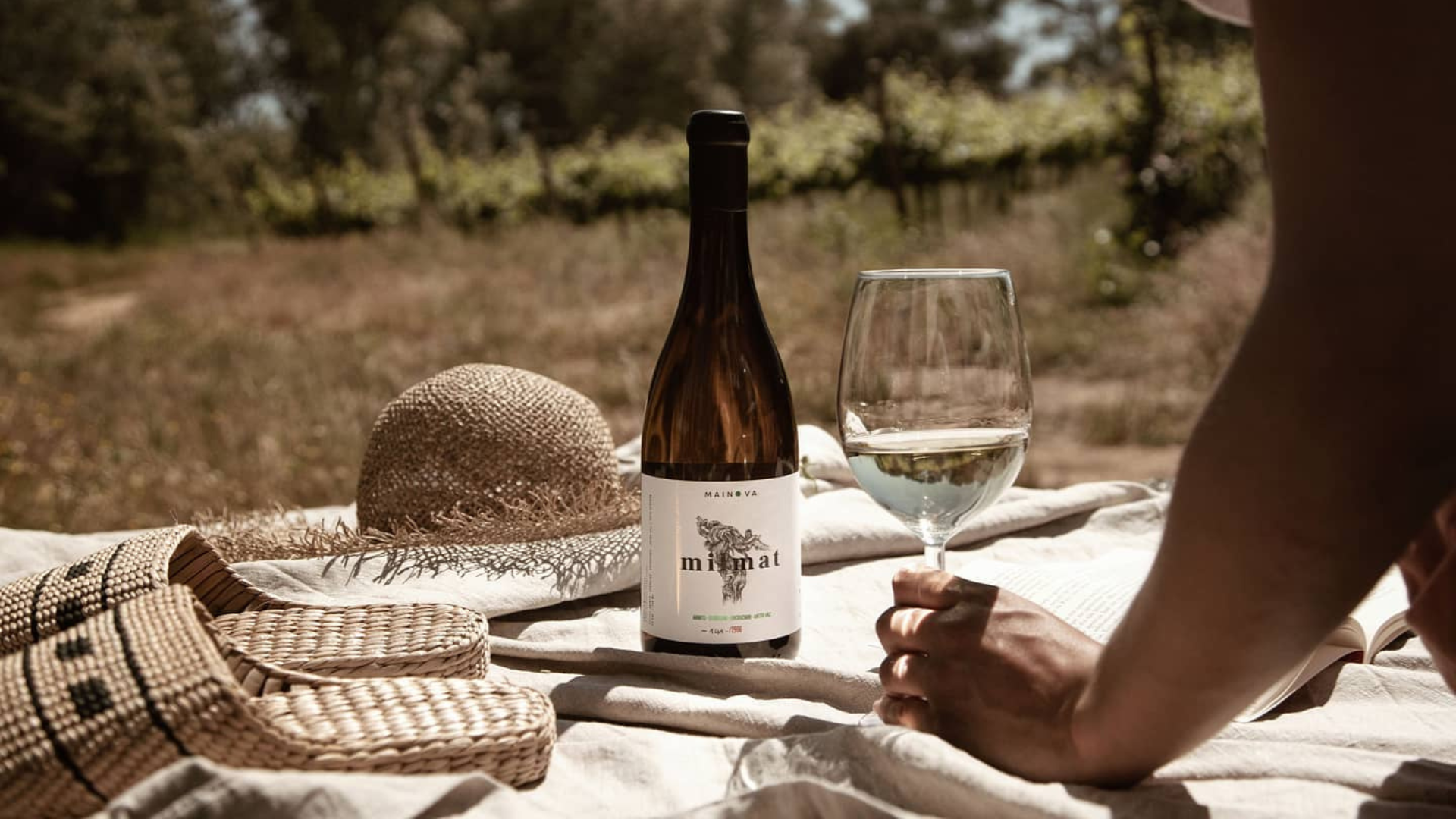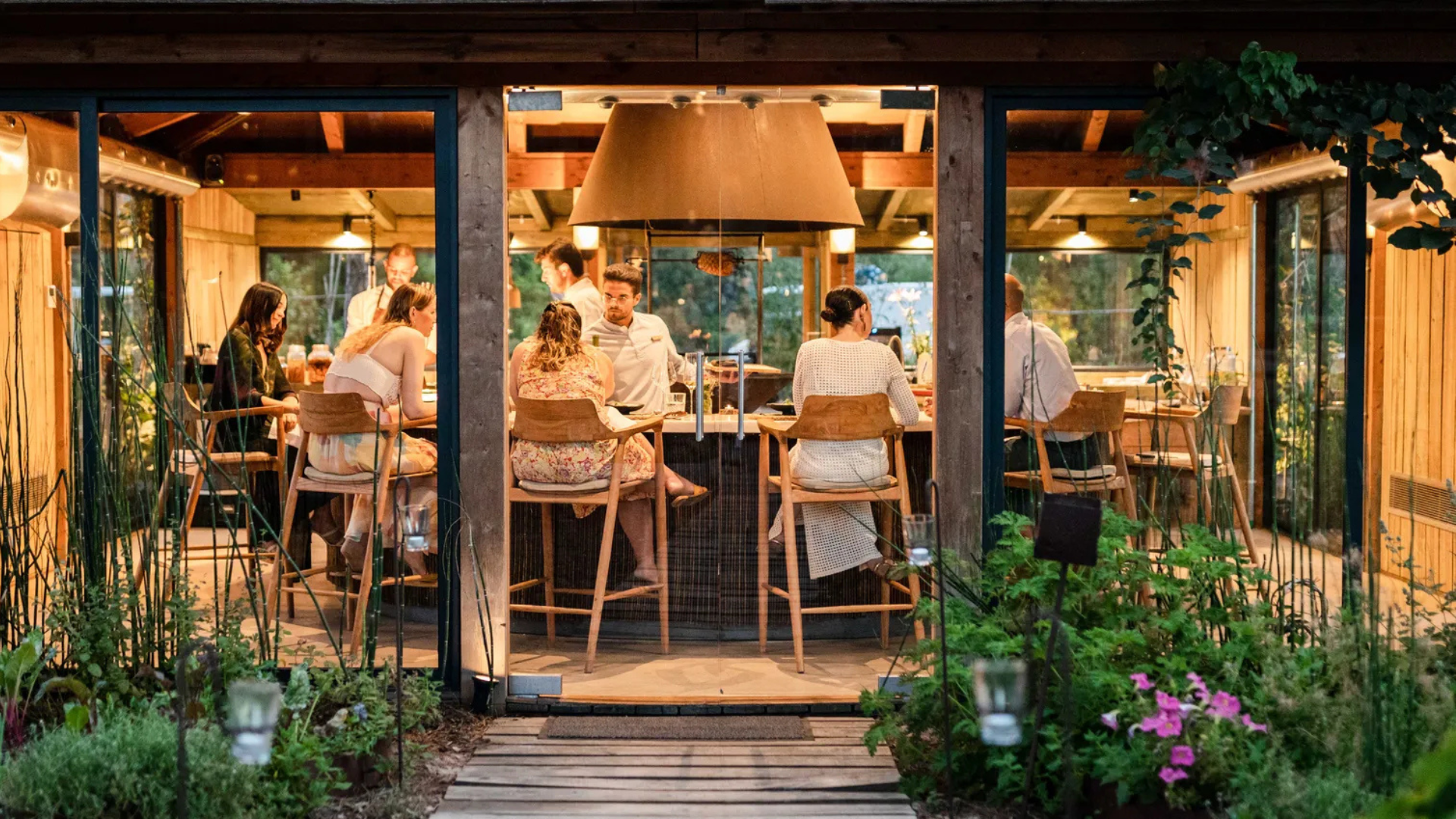The Alentejo: passionate, a golden dream. This region, one of the largest in Portugal, is known for its high temperatures, extensive sandy beaches, turquoise sea, and rice fields. One of the obvious experiences to have when visiting the Alentejo is to wander the central streets of several of the most emblematic towns. Without a set plan. So, around every corner, you will find an architectural vestige of the past. And you will also find a tradition kept, a craftsman at work, a friendly Alentejano ready to chat.
The Alentejo is located in southern Portugal, between the Tagus River and the Algarve. To the east it borders Spain and to the west it is bathed by the Atlantic Ocean. It is an extensive region, essentially rural and sparsely populated, which occupies about one third of the national territory. The beauty of the landscape and the quality of its archaeological, monumental, architectural and ethnographic heritage, along with the excellence of its gastronomy and wines, give it exceptional conditions for a discovery that combines nature tourism and cultural tourism.
Why visit Alentejo?
Imagine a destination with breathtaking scenery, incredible hotels, and enchanting attractions. The Alentejo, Portugal's largest region, fits all of these requirements. When we choose a destination to travel we look for different places that will give us unique experiences and memories that will last a lifetime. Deciding is not an easy task, even more so with the whole world among the options.
The Alentejo, in Portugal, has unique characteristics, beautiful landscapes, unbelievable cuisine, award-winning wines and hospitable people. To help the more indecisive travelers. Here are a few reasons of why you should visit Alentejo.
Bucolic landscapes
Plains that stretch as far as the eye can see, and which take on golden hues at sunset. A true ephemeral spectacle of nature.
Awe-inspiring castles
Great fortresses scattered throughout the region attract visitors from all over the world telling the impressive story of epic battles in antiquity.
Unparalleled Gastronomy
Pork, mutton, bbread, andspices enhance the flavor of traditional dishes. It is impossible not to fall in love with the strong personality of Alentejo cuisine.
Historical Monuments
Medieval buildings, such as the Roman Temple in Évora, impress tourists and give a special charm to the villages.
Paradisiacal Beaches
Waters with various shades of blue and golden sands that are out of sight are ideal places to relax with family or friends.
Adventure
And speaking of adventure, in the Alentejo it is possible to go on exciting hikes to push your own limits, explore the fabulous vineyards on a quad bike, or admire the scenery on a bike ride.
What are the best places in Alentejo?
- Comporta
- Cais Palafítico da Carrasqueira
- Península de Tróia
- Elvas
- Marvão
- Castelo de Vide
- Vila Viçosa
- Monsaraz
- Estremoz
- Arraiolos
- Évora
- Beja
- Castro Verde
- Vila Nova de Milfontes
- Porto Côvo
When should I go to Alentejo?
Thanks to its year-round mild temperatures, there is no specific time to visit the Alentejo. From April the sun already calls the beaches, and until October the temperatures are inviting for a swim.
What is Alentejo famous for?
The Alentejo is famous for countless reasons. We highlight its rural and natural landscape with long golden fields, adorned with Cypresses, Maritime Pine, Eucalyptus, and Cork Oak trees. Its hot and dry climate, its wineries, and of course, its traditional gastronomy.
The historical and cultural heritage, and the famous Alentejo hospitality are the culminating points and will give you reasons to return whenever you feel like it. In addition, the region is famous for its olive groves, cork production, and cattle breeding.
What to do in Alentejo, Portugal?
The question "What to do in Alentejo?" has as many answers as there are people questioned. This is an area of enormous diversity. This means that the experiences you will live will certainly be in accordance with your tastes and expectations.
- Visit several villages, towns, and cities
- Visit wineries and taste wine
- Getting to know the Alentejo's Megalithics
- Behold the Roman Ruins
- Discover the Alentejo Coast
- Riding in a hot air balloon over the alqueva dam
- Visit the World Heritage Sites in Alentejo
- Historic center of Évora
- Border town of Elvas and its fortifications
- Intangible Cultural Heritage of Humanity in the Alentejo
- Singing in Alentejo
- Production of Figures in Clay from Estremoz
- Mediterranean Diet
What are some interesting facts about Alentejo?
What curiosities do we know about the Alentejo? It is the largest region in Portugal, covering 27,000 square kilometers, and its most populous city is Évora, with 56,000 inhabitants.
The name Alentejo comes from "beyond the Tagus", since the region is situated beyond this river in relation to Lisbon. And the region has some of the best wines in the world, including some very different labels. Among them are two curious wines from Ervideira: the first, Vinho Invisível, is a white wine obtained from the tears of red grapes, that is, from the very few drops of juice that the fruit provides without being crushed; the second is Conde D'Ervideira Vinho da Água, which was aged in bottles dipped in the waters of the Alqueva lake.
Is Alentejo wine good?
.png?width=2240&height=1260&name=Blog%20Banner%20for%20Website%20Content%20(80).png) São lourenço do Barrocal - Wine Tasting
São lourenço do Barrocal - Wine Tasting
Rustic, charming, and with striking landscapes: this is the Alentejo region. It also surprises us with its ability to elaborate unique, distinctive, and differentiated wines, being examples of the quality that Portugal has managed to transport in its bottles. In Portugal, wine production started a long time ago and the planting of the first vineyard in Portuguese territory occurred in 2000 B.C., by the Tartessians. However, the Romans were the ones who generalized the wine culture in Alentejo.
Located in southern Portugal, being limited by small portions of land. The main ones, for the purposes of controlled designation of origin (DOC) regulation, are the sub-regions: Borba, Évora, Granja-Amareleja, Moura, Portalegre, Redondo, Reguengos and Vidigueira. The others are called Vinho Regional Alentejano. It has a great diversity of soil and climate within the same region, each with its uniqueness expressed in its bottles. The predominant soils are schist, clay, marble, granite, and limestone.
.png?width=2240&height=1260&name=Blog%20Banner%20for%20Website%20Content%20(81).png) São lourenço do Barrocal - Wine Tasting
São lourenço do Barrocal - Wine Tasting
They also have favorable natural drainage, which makes them suitable for growing grapes. Their annual climate variation, with strong sunshine and high temperatures in summer and dry cold in winter, makes it possible to produce excellent grapes with a natural combination of ripeness and freshness.
What to expect from Alentejo wines?
They are very velvety and generally have a great concentration of wild and red fruits. They are wines ready to drink while still young. It is also possible to find good white wines made in this part of Portugal, although they are less traditional drinks.
White wines are usually smooth, slightly acidic, and have aromas of tropical fruits. Despite the marked differences in each sub-region, the wines have unique characteristics. In general, they are seductive and elegant.
.png?width=2240&height=1260&name=Blog%20Banner%20for%20Website%20Content%20(74).png)
.png?width=2240&height=1260&name=Blog%20Banner%20for%20Website%20Content%20(75).png)
.png?width=2240&height=1260&name=Blog%20Banner%20for%20Website%20Content%20(76).png)

.png?width=2240&height=1260&name=Blog%20Banner%20for%20Website%20Content%20(77).png)
.png?width=2240&height=1260&name=Blog%20Banner%20for%20Website%20Content%20(78).png)

.png?width=2240&height=1260&name=Blog%20Banner%20for%20Website%20Content%20(79).png)



.png)




